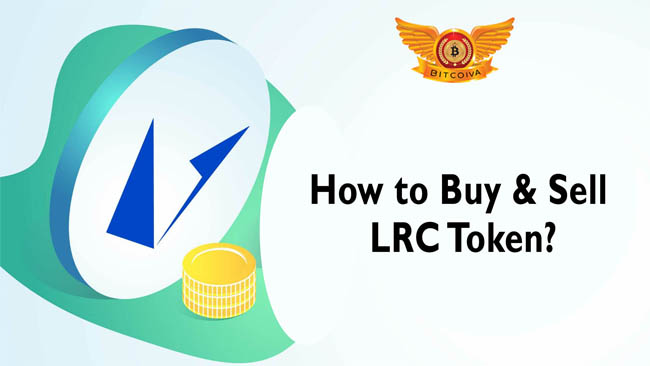To buy and sell any cryptocurrency India the first and foremost step is to create an account with us in bitcoiva here:
Once you have registered to Bitcoiva you can login to it and can trade whenever and wherever you want here: Login
To buy and sell and trade LINK Token in the top cryptocurrency exchange in India, Bitcoiva:
To trade INR: LRC/INR
To trade USDT: LRC/USDT
Loopring’s goal is to eliminate the need for centralized exchanges by providing traders with access to global crypto liquidity. Daniel Wang, a former Google software developer, created the initiative in 2017. Loopring’s token, LRC, was initially introduced in August 2017 as part of an initial coin offering (ICO). The project is now being developed by the Loopring Foundation; a non-profit organization based in Shanghai. Loopring is an open protocol for developing a decentralized exchange system (DEX) on the Ethereum blockchain, according to the whitepaper.
Loopring (LRC) debuted in August 2017 via an initial coin offering (ICO). Loopring aims to provide benefits to all ecosystem members in order to sustain the decentralized and non-custodial exchange. The Loopring relayer supports the Loopring Layer 2.8 API, which allows for high-speed transactions on the Ethereum network without incurring gas costs. The first protocol to be launched on the Ethereum network was Zk-Rollup.
The zero-knowledge rollup (zk-Rollup) is a collection of off-chain transactions that provides a cryptographic proof known as SNARK (succinct non-interactive argument of knowledge). The validity evidence is the SNARK, which is put on the network’s main net, which is layer 1. The Loopring DEX enables safe trading at fast speeds and no transaction costs. This also adds liquidity to the several Ethereum/ crypto exchange in India.
Loopring (LRC) cryptocurrency holders are eligible to cheaper transaction costs on the Loopring market. Miners are rewarded with Loopring tokens. The LRC burn rate improves the token’s scarcity by burning a percentage of the wallet fees. To protect the DEX’s safety and repute, the exchange owner must stake LRC. Although there is no minimum amount, the tokens must be staked for at least 90 days.
The Ethereum LRC token is the protocol’s most well-known application. Protocol pool staking (global): Loopring supporters can supply liquidity for the Loopring Exchange to any of the LRC pools. The exchange owner pays the protocol costs for orders, but traders must pay transaction fees for each deal. The minimum amount is 250,000 LRC, however it can go up to 1 million LRC depending on the exchange type. Protocol pool staking is being developed and will be accessible shortly with the release of the DAO and insurance money.
The Loopring wallet is the first self-custodial smart wallet software with layer 2 scalability. Users may use it to trade tokens on the Loopring Exchange, become liquidity providers, and make gas-free payments. It does not require a seed phrase for recovery, unlike other crypto wallets. Active cryptocurrency initiatives, such as the Loopring protocol, need at least a cursory examination. Loopring might be an excellent investment because it is an active initiative with exciting ambitions for the future. Furthermore, the team is continually working on bringing new features to the Loopring ecosystem, as well as focusing on new collaborations.
Loopring (LRC) refers to the Loopring protocol ecosystem as a whole. The community is continually expanding, and new collaborations are eagerly anticipated by the whole crypto world. After all, it’s important recalling that for a network like Bitcoin, which is battling with high transaction fees and limited scaling options, Loopring has the potential to transform the way future decentralized exchanges are constructed.
Visit us at: www.bitcoiva.com

